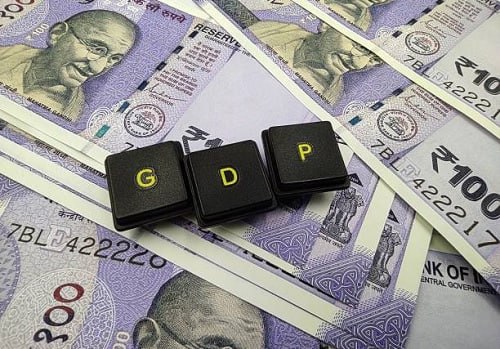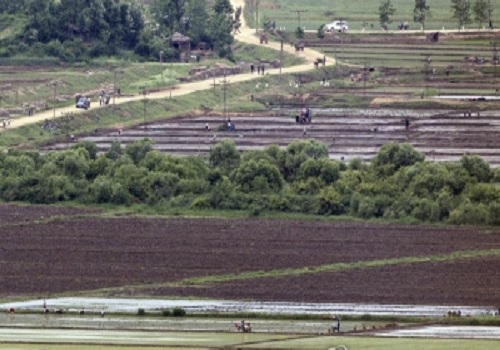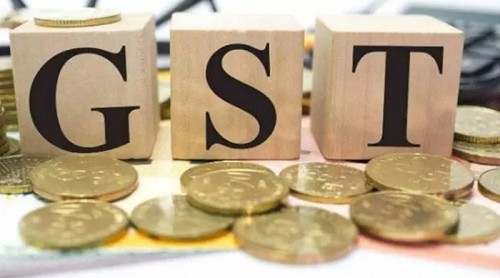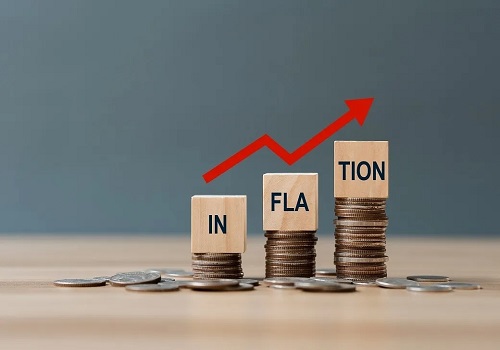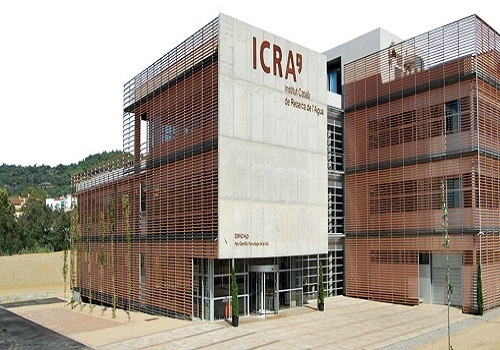India’s most of sectors on way to reach pre-pandemic levels: NCAER
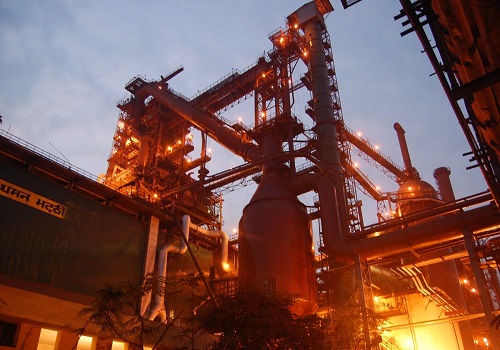
Follow us Now on Telegram ! Get daily 10 - 12 important updates on Business, Finance and Investment. Join our Telegram Channel
The city-based think-tank -- the National Council for Applied Economic Research (NCAER) in its monthly review of the economy painted a rosy picture of the economy and has said that most of the sectors are on their way to reach pre-pandemic levels and surpass them. It said ‘The economic news has been favourable on balance, on account of better than projected fiscal outcomes, a rebound in most high-frequency indicators, and another impetus to policy reform, including a hitherto inconceivable privatisation of Air India’. It added that the economic activity has continued to normalise with increase in vaccinations and decline in the incidence of COVID infections.
The report said ‘With the economy expected to grow at 9.5 per cent (RBI) this year, most sectors seem to be on their way to reach the pre-pandemic level and then grow beyond those levels’. While the agriculture sector, which remained mostly undented by COVID, has continued to grow at its long-term average, the manufacturing sector seemed to be on target to recoup most of the loss that it had suffered during the pandemic. It said being the most contact-intensive, the service sector was the hardest hit by the pandemic, and is understandably the slowest to recover.
It further said the domestic policy imperatives include putting the fiscal policy on a more sustainable path, being watchful of the impact of the COVID-related economic stress on the asset quality of banks and non-banking financial institutions (NBFIs), better understanding and alleviating the constraints to private investment, and further leveraging the buoyancy in the global trade outlook. It added ‘Even as the domestic economic environment has been stabilising, the global economic environment seems to be facing specific headwinds, which may have implications for the Indian economy’. The report flags rising inflation on account of the generous fiscal stimulus in some of the advanced economies such as the US, supply chain bottlenecks, and rising energy prices; an impending tightening of monetary policy in advanced economies; and the seemingly irrational exuberance in the capital markets.

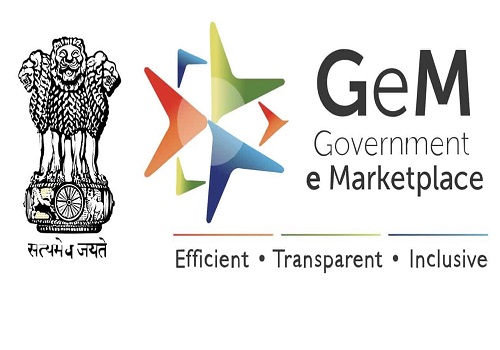






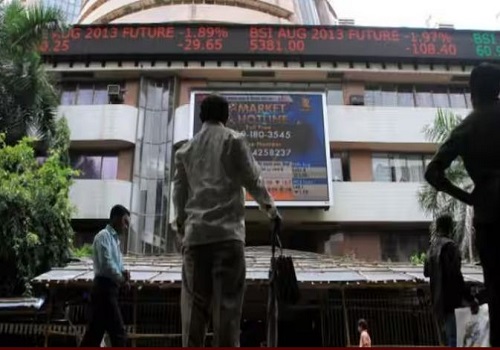



 320-x-100_uti_gold.jpg" alt="Advertisement">
320-x-100_uti_gold.jpg" alt="Advertisement">


